Search Images
Browse Content (p. 1142)
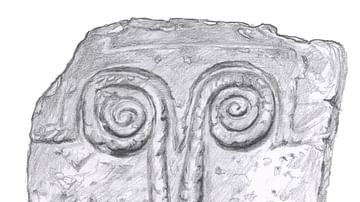
Image
Tombstone Door (Castelluccio Culture, Sicily)
Stone door (early bronze Age, c. 2169 - c. 1500 BCE) closing of a grave dug in the rock, decorated in relief with spiral shaped motifs. On it are carved images that could allude to the sexual act and, therefore, to the continuation of life...
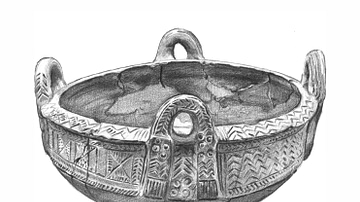
Image
Large Sicilian Bowl (Finocchito Facies, Sicily)
Four handled large bowl from Sicily (late Bronze Age, second half 8th century BCE - second half 7th century BCE) embellished with geometric patterns. The engravings consist of groups of lines, triangles with internal hatches and other inscribed...
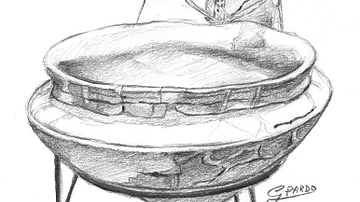
Image
Ritual Ceramic Wash Basin (Thapsos Culture, Sicily)
Large wash basin on a high foot with bifid handle (c. 1500-c. 1200 BCE), richly decorated with geometric engravings. Thapsos Culture, Sicily. (Pencil drawing by Gina Pardo).
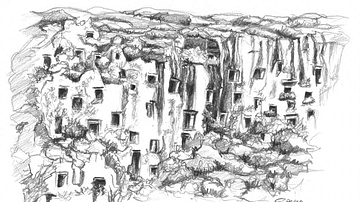
Image
Rock Necropolis of Pantalica
One of the most evocative settlements of Sicilian prehistory (c.1250 - c. 700 BCE) with thousands of excavated tombs in the steep walls of mountain chasms that overlook the valleys of the rivers Anapo and Calcinara, in the Syracuse interior...
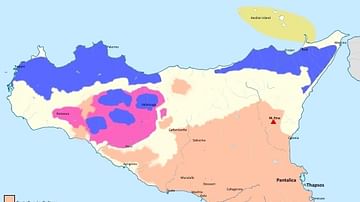
Image
Sicily in the Early Bronze Age
A map of Sicily in the early Bronze Age (2169 ±120 BCE - c.1500 BCE) divided into 4 cultural macro-regions: northern Sicily with the Rodì-Tindari-Vallelunga culture, western with the Naro/Partanna culture, the south-east with the Castelluccio...
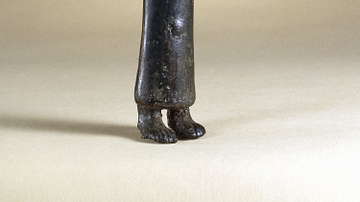
Image
Urartian Male God Figurine
A bronze standing figurine depicting a bearded god, Urartu civilization, 8th-7th century BCE. Height: 21 cm. (British Museum, London)
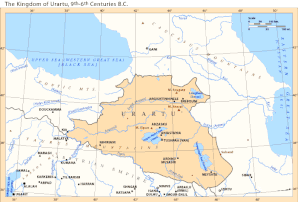
Image
Urartu
A map indicating the extent of the Urartu civilization (9th-6th century BCE) which covered parts of modern Armenia, Turkey and Iran.

Image
Scandinavian Stone Ship Burial
Early Scandinavian burial mound marked by stones laid out in a ship-pattern - a practice that was common in Scandinavia from the Bronze Age through the Viking Age. This particular one is situated in Anundshög, Västerås, Sweden, and dates...
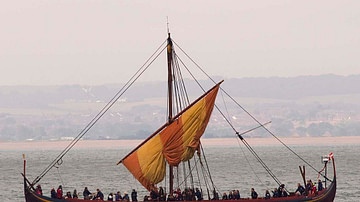
Image
Viking Longship Replica
The 'Sea Stallion', a replica based on the remains of the Viking longship known as Skuldelev 2 built in the 11th century CE in Dublin, but found sunk in Roskilde harbour in Denmark. It was around 30 meters long and 3,8 meters wide.
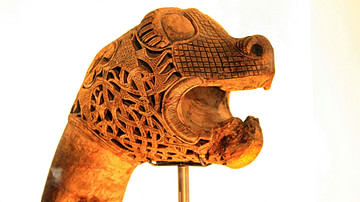
Image
Oseberg Animal Head
The exquisitely carved animal head number two (there are five in total) found with the Oseberg Viking ship, dated to c. 820 CE, in a ship burial setting in Oslo fjord, Norway. The heads are housed in the Viking Ship Museum in Oslo.